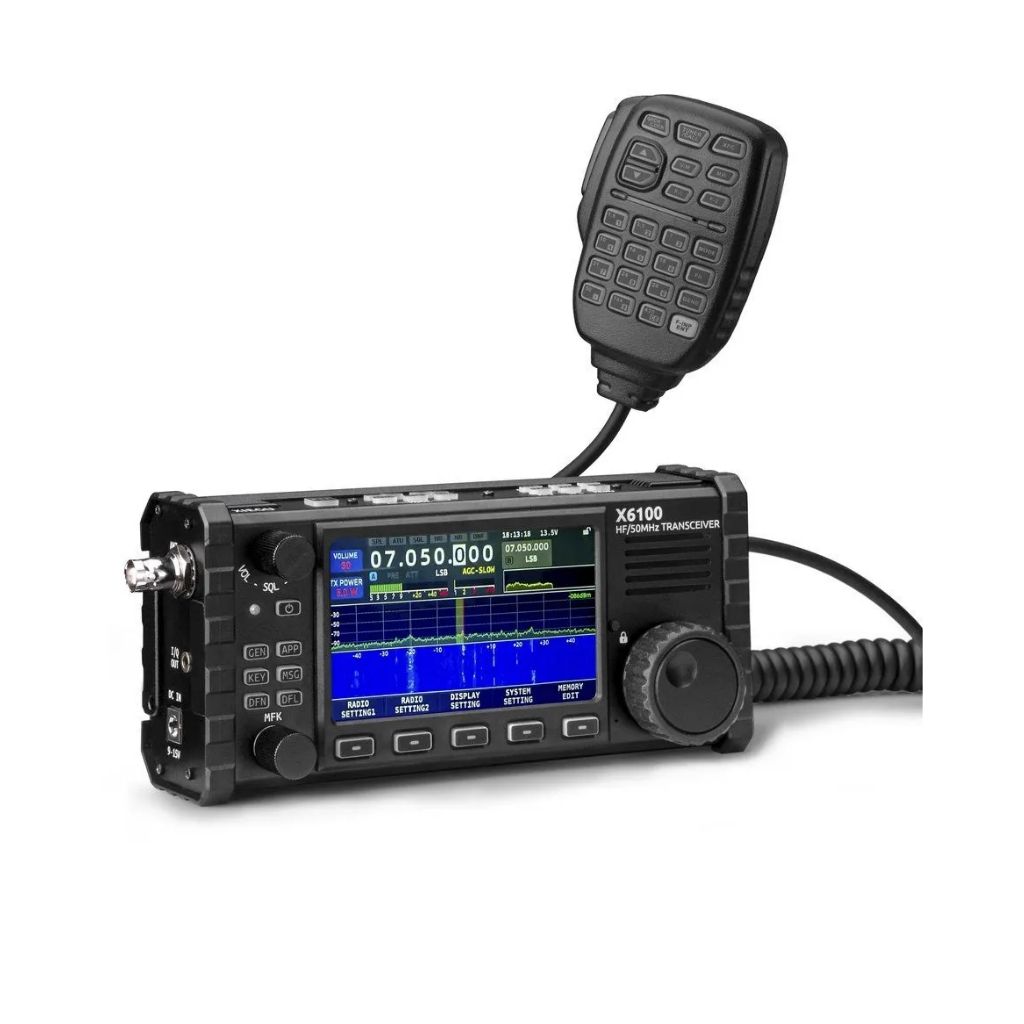
Send Inquiry
How to Choose a UHF Antenna?
Choosing the right UHF antenna is crucial for ensuring effective communication, whether you're an off-road enthusiast, a truck driver, or someone who relies on UHF radios for various activities. In this guide, we will walk you through everything you need to know to choose a UHF antenna that suits your specific needs.
Understanding UHF Antennas
UHF (Ultra High Frequency) antennas are designed to transmit and receive signals in the UHF spectrum, which ranges from 300 MHz to 3 GHz. This frequency range is ideal for various applications, including walkie-talkies, in-vehicle radios, and other two-way communication devices.
What is Antenna Gain?
One of the most important factors to consider when you choose a UHF antenna is the antenna gain. Antenna gain, measured in decibels (dB), indicates how effectively an antenna directs the radio frequency energy. The gain can be compared to the isotropic radiation pattern, an idealized model that radiates equally in all directions.
- Low Gain Antennas (2.1 dBi): These antennas radiate signals in a broad pattern, making them ideal for rugged, mountainous terrain where obstacles like hills and trees are prevalent.
- Medium Gain Antennas (5.1 - 6.6 dBi): These antennas are suitable for mixed terrains, offering a balance between range and the ability to navigate obstacles.
- High Gain Antennas (8.1 dBi): These antennas focus the signal in a narrow, straight path, making them perfect for flat, open areas like the countryside.
Types of UHF Antennas
When choosing a UHF antenna, it’s essential to understand the different types available and their specific uses.
Handheld UHF Radios
Handheld UHF radios are portable, all-in-one devices that are perfect for close-quarter communication. They are ideal for activities such as camping, hiking, and coordinating within a convoy. Handheld radios typically have a transmitting range of up to 5 km, depending on terrain and atmospheric conditions. They are generally less expensive than in-vehicle units but have a limited range due to their small built-in antennas.
- Pros: Portable, affordable, easy to use.
- Cons: Limited range, battery-dependent.
- Ideal for: Hiking, camping, short-range communication.
In-Vehicle UHF Radios
In-vehicle UHF radios, also known as fixed-mount radios, are installed in vehicles and use an external antenna. They typically transmit at the highest legal power of 5 watts, providing a greater range than handheld units. These radios are ideal for long-distance communication and are commonly used in off-road adventures, truck driving, and convoy coordination.
- Pros: Greater range, reliable power source from the vehicle.
- Cons: More expensive, installation required.
- Ideal for: 4WD expeditions, remote touring, long-distance communication.
Choosing the Right UHF Antenna for Your Needs
To choose a UHF antenna that best fits your needs, consider the following factors:
Terrain and Environment
The terrain you’ll be navigating significantly influences the type of UHF antenna you should choose.
- City, Sand Dunes, or Hills: In urban areas or terrains with many obstacles, a low gain antenna is preferable. Its broad signal pattern helps navigate through buildings and other obstacles.
- Open Countryside: In flat, open areas with fewer obstacles, a high gain antenna is ideal. It will push your signal further horizontally, providing better long-distance communication.
- Mixed Terrain: For areas with a mix of obstacles and open spaces, a medium gain antenna offers the best balance.
Antenna Placement
The placement of your UHF antenna is critical for optimal performance. The best location is typically the center of your vehicle’s roof, which allows the antenna to radiate signals evenly in all directions. However, practical considerations often lead to mounting the antenna on the bullbar or roof rack. Ensure that the antenna mast is clear of obstructions to maximize its efficiency.
Durability and Build
Consider the environment where you’ll be using the antenna. If you’re frequently driving in rugged, off-road conditions, a heavy-duty antenna with a spring base can withstand vibrations and impacts. For less harsh environments, a standard whip or fiberglass antenna may suffice.
Comparing Antenna Types
When selecting a UHF antenna, you’ll encounter various types, each with unique features tailored to specific needs.
- Heavy Duty Antennas: Built to withstand harsh outdoor conditions, these antennas are often mounted on a spring base for flexibility and durability. They are ideal for off-road vehicles where the antenna may endure significant vibrations and impacts.
- Elevated Feed Antennas: Designed to elevate the signal radiating part higher up, these antennas avoid interference from the vehicle or ground obstacles. They are particularly useful when mounted low on a vehicle, such as on a bullbar.
- Ground Independent Antennas: These antennas do not require a ground plane and can be mounted anywhere on the vehicle, offering more flexibility in placement. They are ideal for installations where a large metal surface is unavailable.
- Radome Antennas: Encased in a protective housing, usually made of plastic or fiberglass, these antennas are shielded from environmental damage. They are suitable for vehicles that frequently travel through dense vegetation or rough terrain.
- Whip Antennas: The long, flexible part of the antenna that can be swapped out for different gains. Whip antennas are versatile and can be replaced as needed for different environments.
Installation Tips
Proper installation is key to maximizing the performance of your UHF antenna.
- Coaxial Cable Routing: Ensure the coaxial cable is routed away from electrical looms to avoid interference. Trim any excess cable to prevent it from becoming an inductor, which could cause voltage spikes and damage your radio.
- Vertical Installation: Always install your antenna vertically to ensure it can "see" in all directions, providing the best possible signal.
Future-Proofing Your Setup
With the phasing out of 40-channel UHF radios in favor of 80-channel units, it’s essential to choose a UHF antenna compatible with the newer systems. The 80-channel radios operate on the same 477 MHz spectrum but offer closer gaps between frequencies, enhancing communication clarity and reducing interference.
Conclusion
Choosing the right UHF antenna is essential for seamless communication, whether you're embarking on off-road adventures or need reliable communication for work. After delving into the intricacies of UHF antennas and understanding the factors to consider when making your selection, it's clear that Ruixue antennas stand out as a top choice.
Ruixue antennas offer a perfect blend of durability, performance, and versatility, making them ideal for a wide range of applications. With options available for both handheld and in-vehicle setups, Ruixue ensures that you can find the perfect antenna to meet your specific needs. By choosing Ruixue, you're not just investing in a high-quality antenna – you're investing in reliable communication and peace of mind. Upgrade to Ruixue antennas today and elevate your communication game to new heights.


